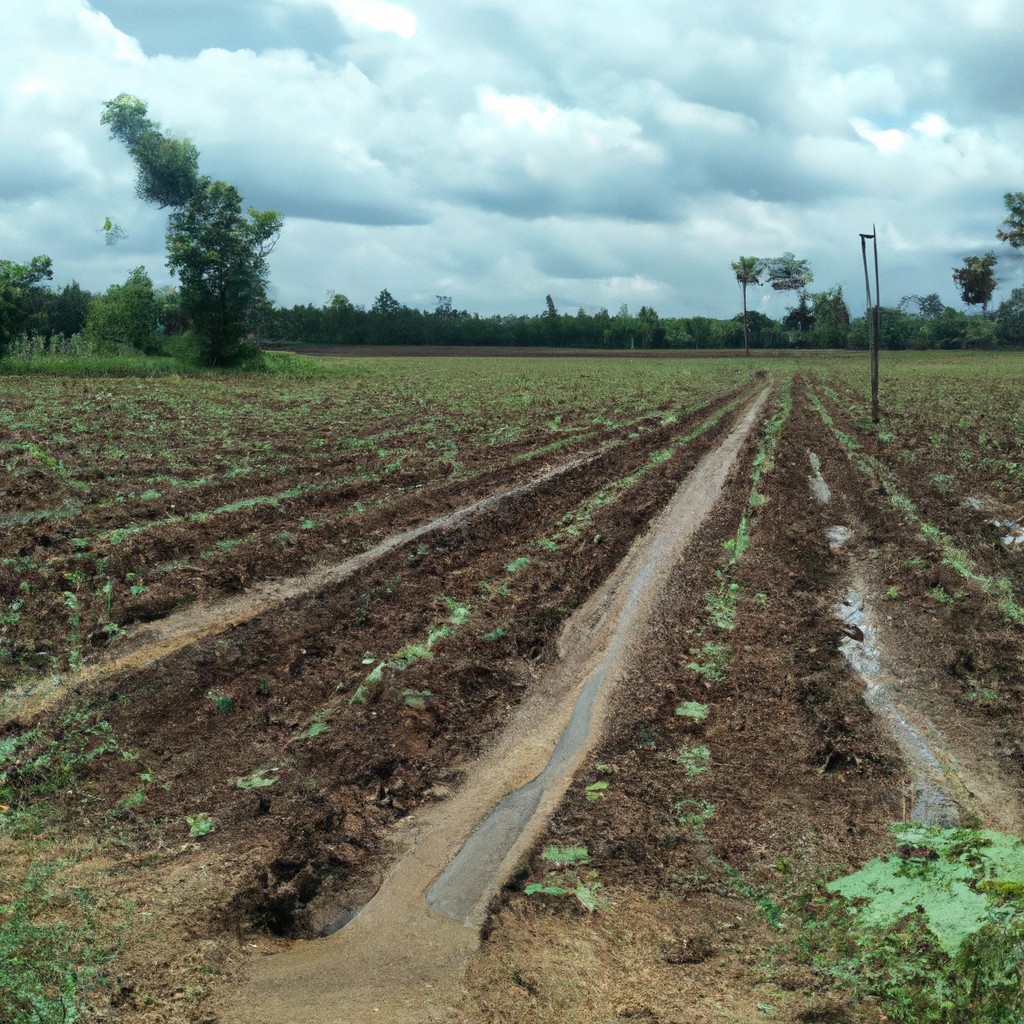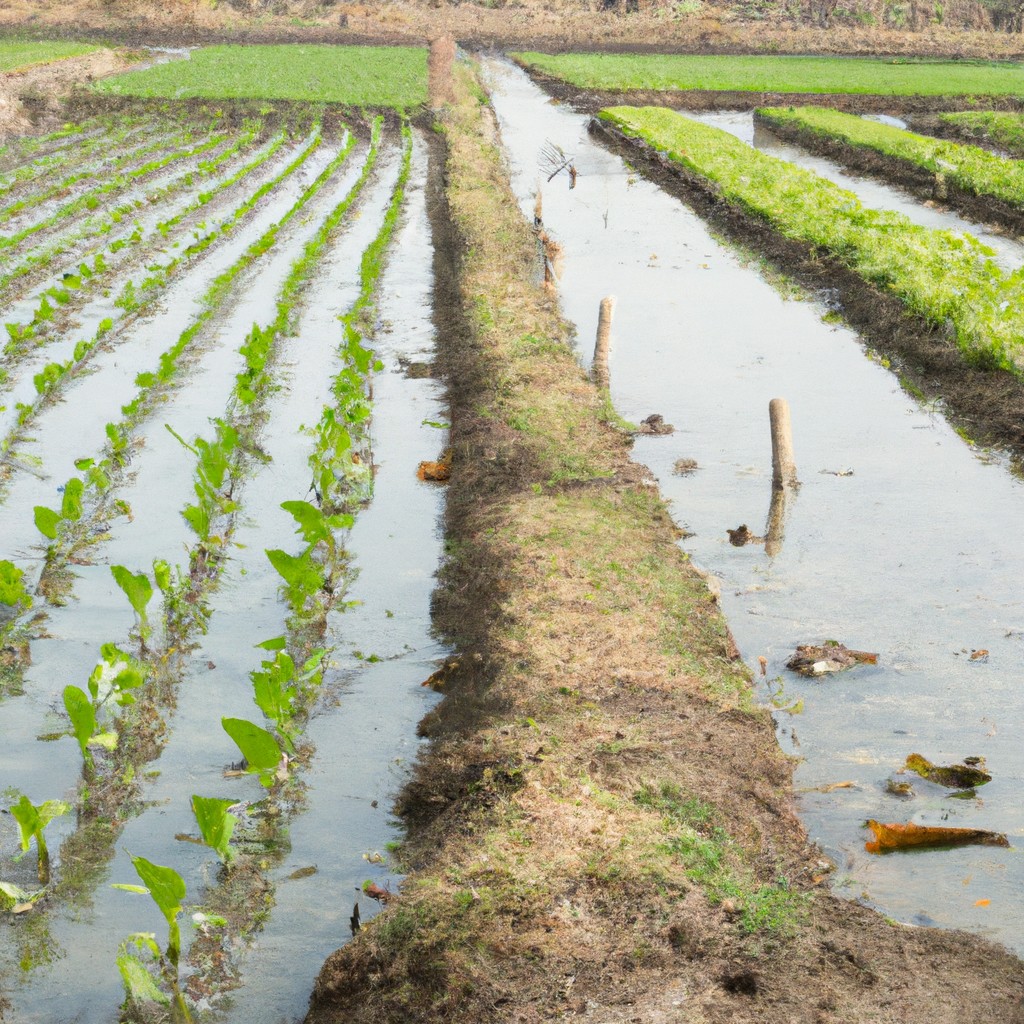Discover the diverse methods of farming that shape our food systems, from traditional techniques to innovative sustainable practices.
Look Inside:
Subsistence Agriculture

Subsistence farming feeds the grower and their family, the oldest form of agriculture on the block. It’s small-scale, low-tech, and as down-to-earth as it gets, typically taking up just a few acres.
Picture this: a family toiling from dawn to dusk, cultivating vegetables, grains, and tending livestock. They consume what they grow, thriving on self-produced food, with little left for sale or trade.
Here’s the lowdown: no massive machinery or highfalutin genetic meddling. It’s the sweat on your brow, hands in the soil, and an intimate dance with the seasons. Inputs are organic or locally available, and the seeds saved from the last harvest kick-start the next cycle.
Subsistence agriculture doesn’t chase big bucks but focuses on food security for the household. It’s all about meeting daily needs rather than turning a profit. This approach, deeply rooted in cultural traditions, often involves the entire family and can contribute to preserving biodiversity through the use of heirloom species and time-honored farming practices.
Talk about bringing farm to table to a whole new level, right? It’s a toast to self-reliance and the original farm-to-fork.
Commercial Agriculture
Serving as the backbone of the world’s food supply chains, commercial agriculture prioritizes high-volume production meant for widespread distribution. Picture vast acreages of a single crop, like the golden wheat fields of the Midwest, stretching farther than the eye can see—this is monoculture in action. Efficiency is king here; tractors and combines work in concert with an eye on the ticking clock.
This type of farming hinges on economies of scale, where buying seeds or livestock feed in bulk means cost savings are passed on. However, it’s not all about the greenbacks. Manipulating genetics through selective breeding and using scientific innovations play pivotal roles in boosting yields and outsmarting pests.
Contrastingly, commercial agriculture can be resource-hungry, often relying on synthetic fertilizers and pesticides. Practices like crop rotation and integrated pest management whisper hints of sustainability, yet the bigger picture often reveals a heavy ecological footprint.
It’s vital to recognize that commercial farms aren’t merely faceless entities; they’re run by families and individuals who call the vast fields their office. Every harvest is a high-stakes gamble with nature, market prices, and global demand as the dealers.
Organic Farming
Organic farming stands as a beacon of eco-friendly agriculture, emphasizing the need to keep our soils hearty and our produce chemical-free. It’s built on a foundation of caring for Earth’s resources while rejecting synthetic fertilizers and pesticides. Think of it as a green thumb philosophy – treating the land with a gentle touch to yield nourishing crops.
In this approach, farmers embrace the circle of life, using compost, manure, and crop rotation to enrich the soil. They also become allies with beneficial insects and birds to manage pests naturally. By fostering a biodiverse farm ecosystem, they achieve a balance that supports both plant health and environmental vitality.
Organic standards are not simply a set of rules but a commitment to ethical land stewardship. By adhering to strict regulations, these growers guarantee that their fruits, veggies, and grains meet a high standard of purity, offering a wholesome choice for consumers who care about the journey from seed to plate.
All in all, organic farming paints a fresh picture of agriculture – one that’s harmonious with nature, supports rural communities, and provides a helping hand to our buzzing pollinator friends. It’s clean eating, taken right back to the roots.
Precision Agriculture
Precision agriculture leverages technology to improve crop yields and resource efficiency. Farmers use data analysis tools to make informed decisions about planting, crop care, and harvesting. GPS-guided equipment allows for highly accurate planting and fertilizer application, reducing waste and environmental impact.
One concept at the core of this approach is variable rate technology (VRT), which adjusts inputs like water and fertilizer to the needs of specific areas within a field. Soil and crop sensors provide real-time feedback on conditions, ensuring targeted interventions.
Another key element of precision agriculture is the use of drones and satellites for crop monitoring. This bird’s-eye view captures large-scale patterns unseen from the ground, pinpointing issues like pest infestations or nutrient deficiencies.
Predictive analytics also play a role, using historical data to forecast future conditions, allowing farmers to proactively manage risks like drought or disease outbreaks.
By integrating these technologies, precision agriculture creates a high-tech, information-rich environment for farming that can lead to remarkable improvements in both productivity and sustainability.
Sustainability in Agriculture
Sustainability in agriculture is like a three-legged stool; it needs to balance economic viability, environmental health, and social equity. Picture a farmer – let’s call him Joe – who embodies this approach. Joe isn’t chasing short-term gains; he’s playing the long game. It’s all about maintaining his farm’s productivity while giving back to Mother Nature and supporting his community.
First off, Joe manages his resources with a hawk’s eye, importantly water and soil. He’s like a rainwater magician, capturing every drop and mindfully irrigating his crops. His soil? He keeps it as rich as a chocolate cake, full of organic matter. If worms had a paradise, it would be in Joe’s fields.
Crop diversity is Joe’s ace in the hole. He doesn’t put all his eggs in one basket; instead, he plants a mosaic of crops, which keeps pests guessing and diseases at bay. It’s like hosting a dinner party with an array of dishes; everyone finds something they enjoy, and the risk of leftovers – or in Joe’s case, crop failure – plummets.
Thirdly, Joe knows that chemicals are a double-edged sword. So he opts for natural alternatives, like using ladybugs for pest control – they’re his tiny, hungry helpers. By doing this, he keeps his farm’s ecosystem more vibrant than a painter’s palette, with bees buzzing and birds chirping, as it should be.
Finally, Joe is a community man. He shares his harvest with locals, keeps food miles low, and food quality high. It’s like a neighborhood barbeque where everyone contributes, feels included, and leaves with a full belly and a smile.
Sustainability in agriculture is Joe’s jam – it ensures his farm thrives today and is left standing strong for the future generations. It’s smart farming with a heart and conscience, and at the end of the day, everyone and everything benefits – the farmer, Mother Nature, and you and me. Who knew doing right by the planet could be such a win-win?




